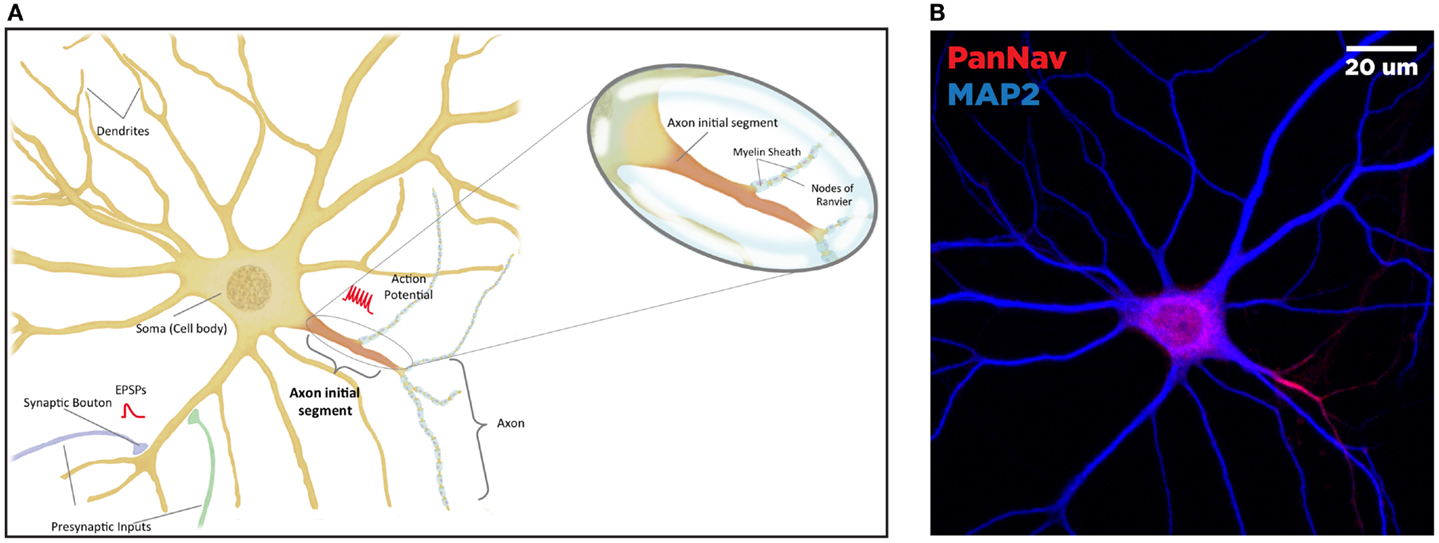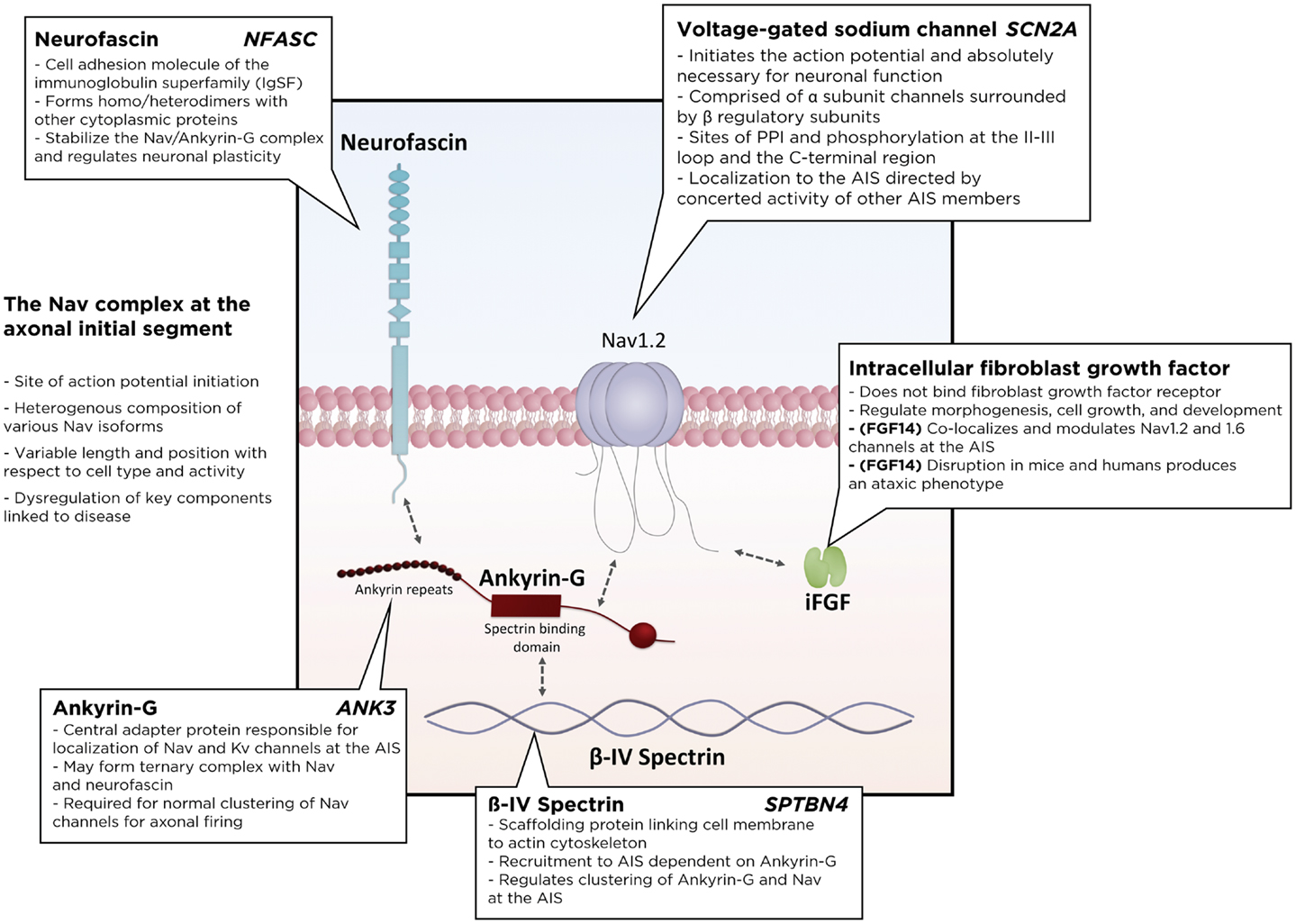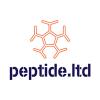Some representative quotes from this study on insulin and IGF-1. =) http://www.ncbi.nlm....pubmed/26401706
"Insulin also alters synaptic structures (23,24), modifies synaptic plasticity (25–27) and increases delivery of NMDA receptors to the plasma membrane (28)."
"Similar effects have been observed in response to IGF-1 replacement, showing increased AMPA-mediated excitatory postsynaptic potentials (29,30), and increased NMDA receptor trafficking (31), effects that appear capable of offseting age-dependent cognitive decline."
"Further, MRI data in men and women has provided evidence that intranasal insulin can have an impact on brain blood flow (33), and on whole-body insulin sensitivity via regulation of hypothalamic activity (34,35)."
"In the dorsal root ganglion and the hippocampus of animals with STZ-induced diabetes (40,41), broader Ca2+action potentials, larger Ca2+-dependent afterhyperpolarizations (AHPs), and aberrant intracellular Ca2+ release are seen (40,42,43). Impaired memory and long-term potentiation maintenance is also present (44)."
"Insulin is available primarily in shorter- and longer-acting forms, and intranasal longer-acting insulin formulations (eg, Levemir) may potentially be superior to shorter-acting ones (eg, Humalog) especially in APOE-ε4 carriers (52)."
"Long-acting insulin (Levemir) was as effective as short-acting insulin (Humalog) on memory recall in aged animals, inducing levels of performance indistinguishable from those seen in young animals."
"The decrease in the AHP by insulin was observed in field CA1 of the hippocampus, a synaptic zone which plays a key role in memory processing."
J Gerontol A Biol Sci Med Sci. 2016 Jan;71(1):30-9. doi: 10.1093/gerona/glu314. Epub 2015 Feb 6.
Intranasal Insulin Improves Age-Related Cognitive Deficits and Reverses Electrophysiological Correlates of Brain Aging.Peripheral insulin resistance is a key component of metabolic syndrome associated with obesity, dyslipidemia, hypertension, and type 2 diabetes. While the impact of insulin resistance is well recognized in the periphery, it is also becoming apparent in the brain. Recent studies suggest that insulin resistance may be a factor in brain aging and Alzheimer's disease (AD) whereby intranasal insulin therapy, which delivers insulin to the brain, improves cognition and memory in AD patients. Here, we tested a clinically relevant delivery method to determine the impact of two forms of insulin, short-acting insulin lispro (Humalog) or long-acting insulin detemir (Levemir), on cognitive functions in aged F344 rats. We also explored insulin effects on the Ca(2+)-dependent hippocampal afterhyperpolarization (AHP), a well-characterized neurophysiological marker of aging which is increased in the aged, memory impaired animal. Low-dose intranasal insulin improved memory recall in aged animals such that their performance was similar to that seen in younger animals. Further, because ex vivo insulin also reduced the AHP, our results suggest that the AHP may be a novel cellular target of insulin in the brain, and improved cognitive performance following intranasal insulin therapy may be the result of insulin actions on the AHP.




















































